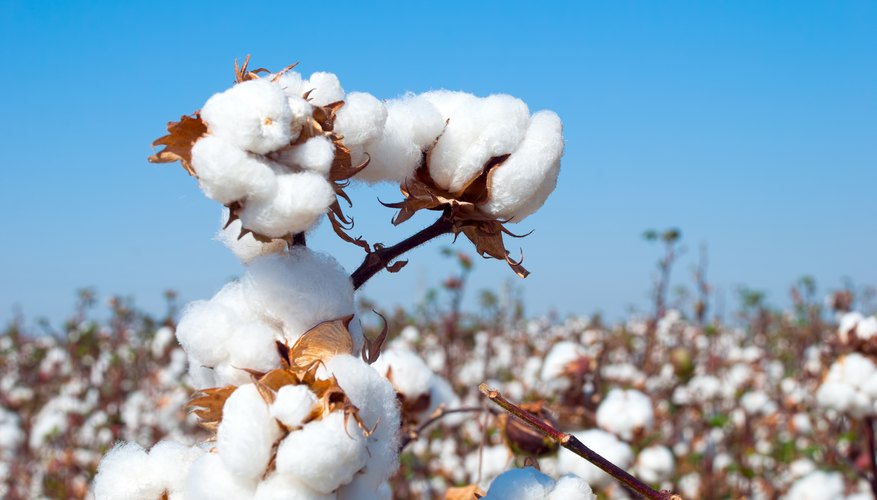It is not new that engineers find inspiration in nature. Now, researchers from the University of Hong Kong did the same, and developed a new material based on what they have learned from an insect.
The material, which is a textile they call as ‘liquid-repellent surface,’ is exactly what its name suggests: it repels “water, oil and everything in between” according to the researchers. It is also durable and cheap to mass produce.
“Nature is very clever. It invented [this for us],” research team leader Professor Wang Liqiu, from HKU’s mechanical engineering department, said.
By nature, Wang is referring to the porous cuticles of the springtail, a tiny soil-dwelling insect, which breathes through the microscope holes in its body. The material works the same: it is a membrane surface made up of a patchwork of interconnected “micro-cavities.”

Photo by Brian Valentine via SCMP
Compared to other commercially available products like the polytetrafluoroethylene (PTFE)water-repellent film, this material only costs about 13 cents in US dollar per square meter. That’s because according to Wang, the material uses only a physical process to modify the structure of the surface.
It is also worth noting that the making of this fabric is not derived from the chemical processes which pollute the environment.
To make the unique textile, the researchers coated an existing surface, like glass, with an emulsion of “micro-fluid” which are droplets of water or oil containing polyvinyl alcohol (PVA). This micro-fluid is left to evaporate naturally, which leaves behind a residue of solidified PVA.
Tiny micro-cavities are retained after the residue of washed off. This is how the material repels liquid or keeping water or oil from making contact with the surface.

Photo by Sam Tsang via SCMP
Wang said, “I can foresee wider applications in many different areas.
“One important area is in textiles. By keeping liquids off fabric, it reduces the cost of laundry or even abandons the need [to wash clothes] altogether,” he added.
Applications for this fabric is not limiting to clothing. One of the researchers, Dr Zhu Pingan, shared that apart from textiles, the coating could also be applied to the surfaces of cars, ships, planes and even naval submarines to reduce friction between the vessel bodies and the air or water, improving speed and fuel efficiency.
Source: South China Morning Post














